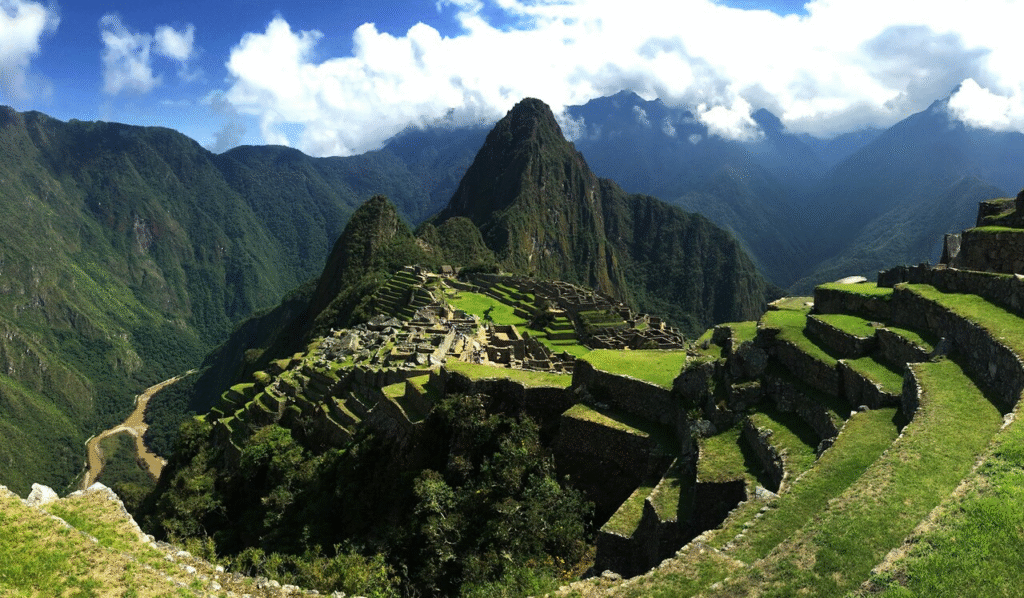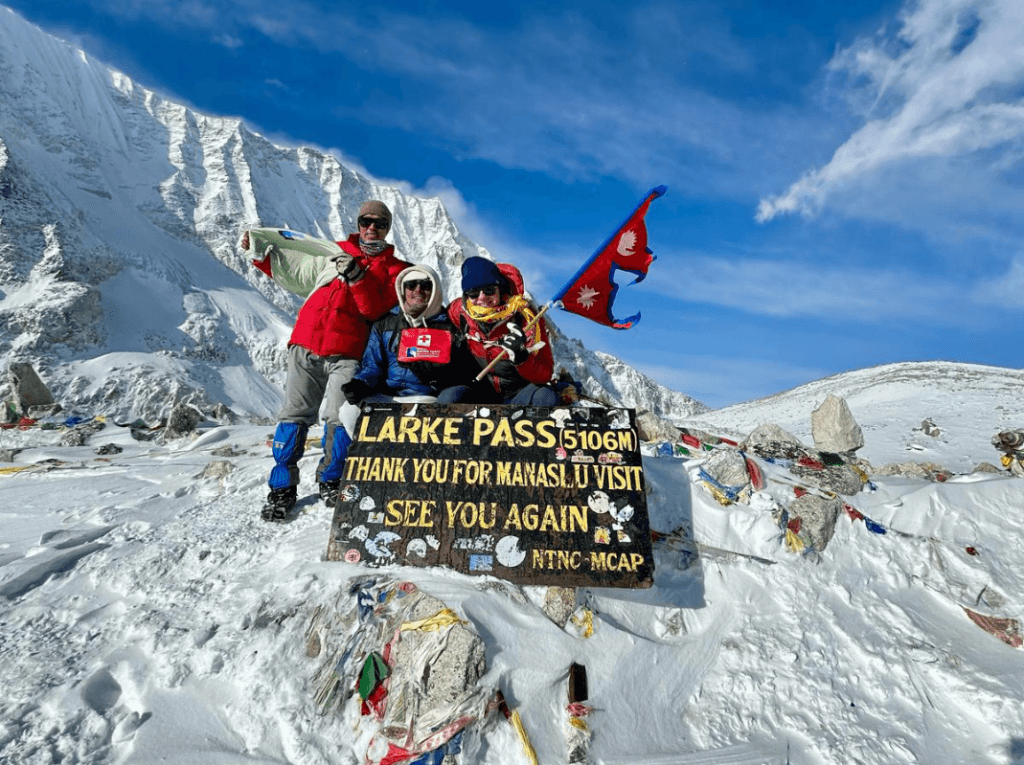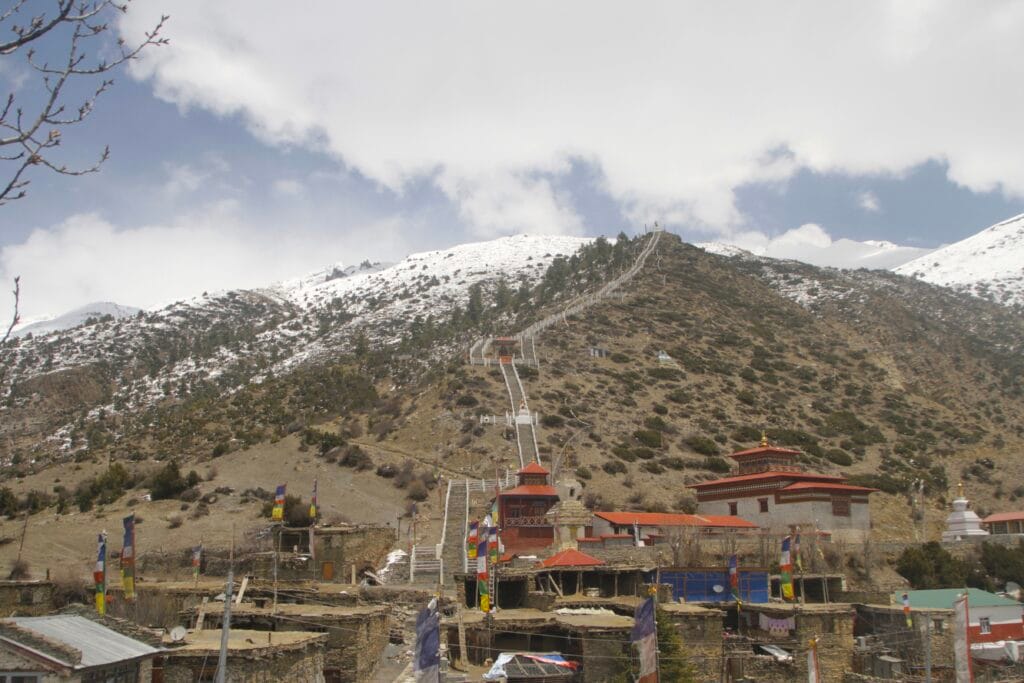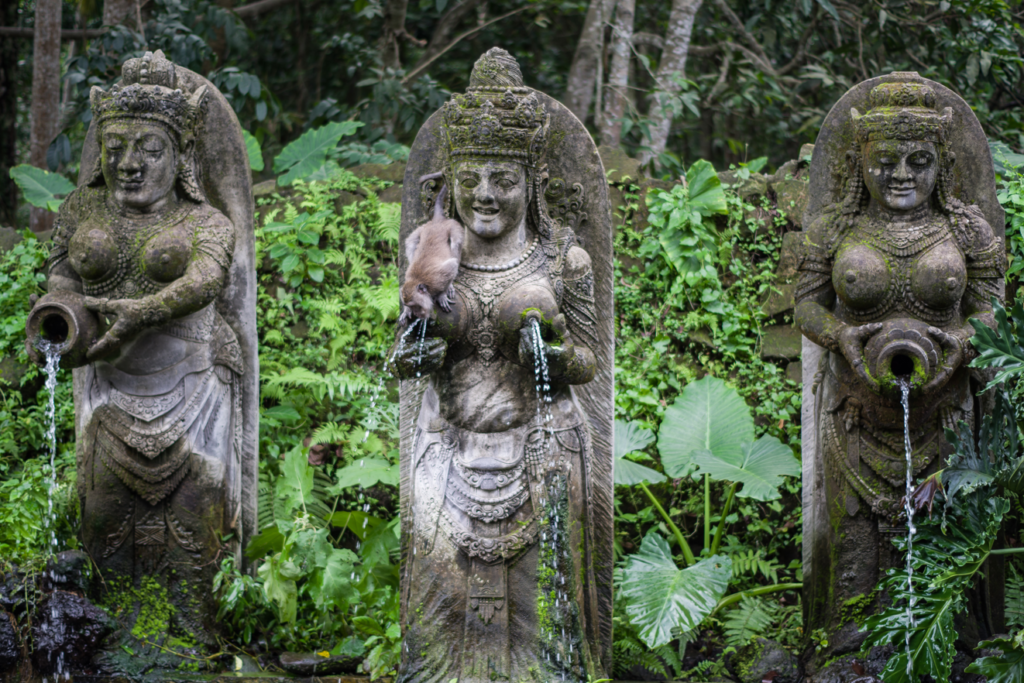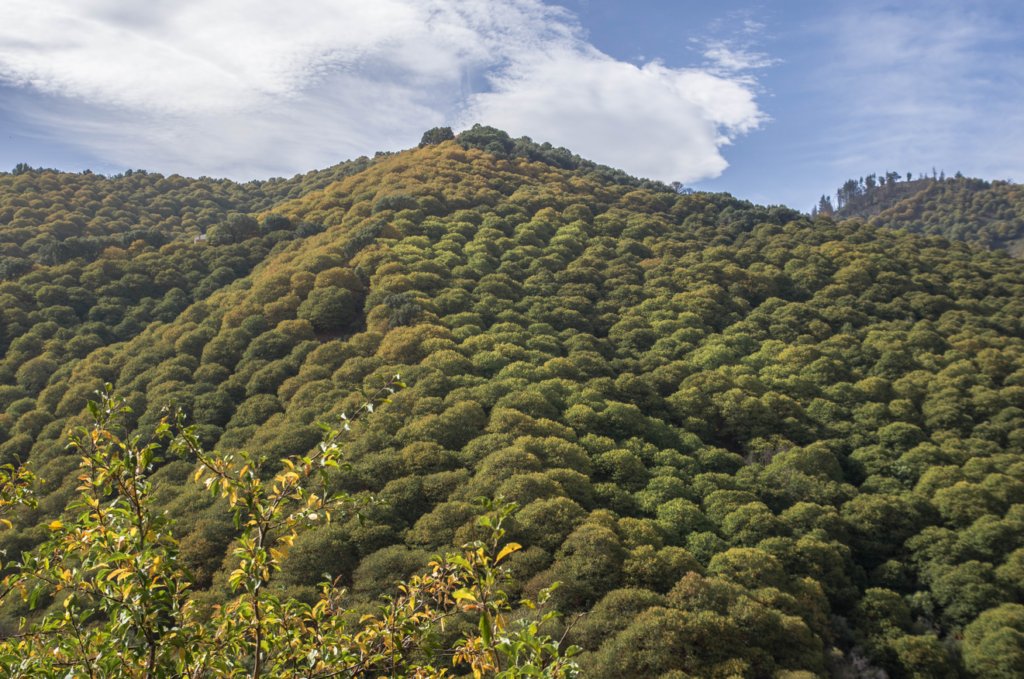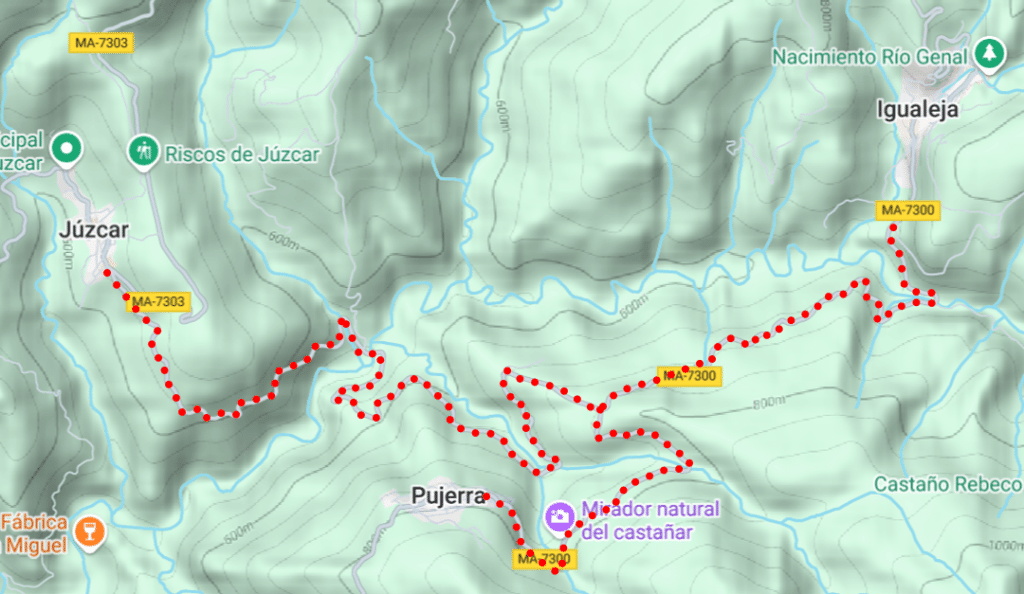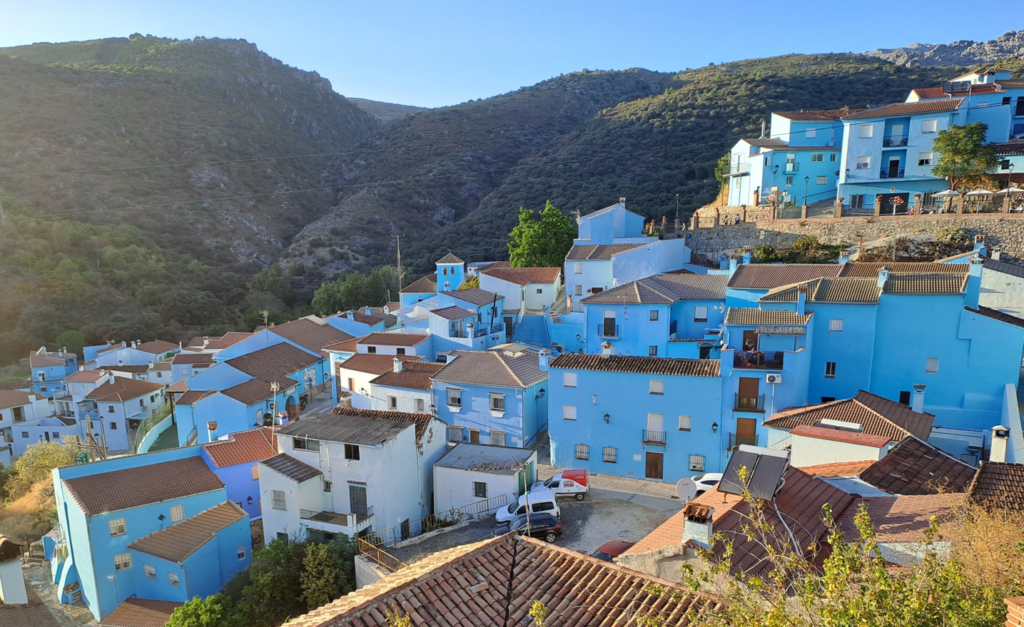Cormorant fishing is an ancient practice that showcases the unique relationship between humans and animals in traditional ways of life. Practised for over a thousand years in East Asia, this technique involves using trained cormorants to catch fish, especially in rivers. Today, the tradition continues mainly as a cultural performance, but it remains a captivating experience for travellers and a subject of interest for wildlife enthusiasts.
Cormorant fishing is a technique in which cormorants are trained to dive into rivers and retrieve fish for their handlers. A loose ring is often tied at the base of the bird’s neck, which prevents it from swallowing larger fish. These are then collected by the fisherman. Smaller fish can be swallowed by the bird as a reward.
This form of fishing requires deep expertise and a strong bond between the bird and the handler. It is often performed at night, with fires placed at the front of the boat to attract fish and light up the water.
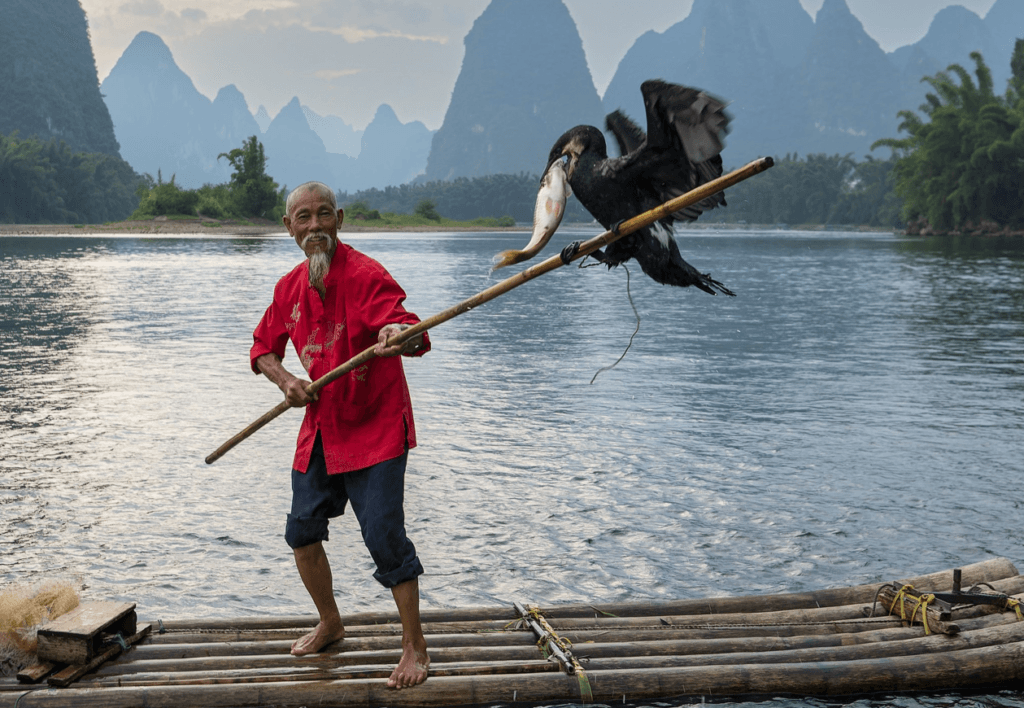
Cormorants belong to the family Phalacrocoracidae, which includes about 40 species found in aquatic environments around the world. The species most commonly used in fishing is the Japanese cormorant, scientifically known as Phalacrocorax capillatus. The Great Cormorant, Phalacrocorax carbo, is also used in some regions.
Cormorants are skilled divers (can dive as deep as 45 meters) with streamlined bodies, webbed feet for powerful swimming, and a hooked bill that helps grip slippery fish. Unlike most aquatic birds, cormorants do not have waterproof feathers. This makes them more effective divers, but also means they must spend time drying their wings after fishing.
Although modern fishing has replaced this technique in everyday life, cormorant fishing continues as a cultural tradition supported by tourism and local pride. The following are the best-known places where you can still witness this rare practice.
Japan – Gifu City on the Nagaragawa River
Best time to visit: May 11 to October 15
Gifu is the most famous location in Japan for traditional cormorant fishing, known as Ukai. The fishermen wear traditional robes and guide long wooden boats under the glow of open flames. This practice has been protected and sponsored by the Japanese Imperial Household for centuries. Visitors can watch from specially designed viewing boats.
China – Guilin and Yangshuo in Guangxi Province
Best time to visit: All year, especially from October to March
Cormorant fishing is sometimes demonstrated along the Li River, particularly for tourists during sunset. These performances recreate an ancient tradition that dates back to the Tang Dynasty. While it is no longer used for subsistence, it remains a visually stunning and symbolic display.
China – Xingping Ancient Town along the Li River
Best time to visit: October to April
Xingping is a quieter and more authentic spot to observe cormorant fishing. The town’s old architecture and calm river atmosphere provide a perfect backdrop for the experience.
China – Erhai Lake in Yunnan Province
Best time to visit: March to May
In this area, the practice is still known among the Bai ethnic minority. While rarer today, it is occasionally performed in cultural events and local festivals.
Vietnam once saw cormorant fishing in the Red River Delta, though it is now nearly extinct. Some ethnic groups in rural areas may still train birds for symbolic or ceremonial purposes.
In medieval Europe, cormorants were trained in England and France, more as a royal sport than a means of fishing.
Cormorant fishing is not just a way to catch fish. It represents a deeper philosophy of coexistence between people and nature. In Japan, the head fisherman, called Usho, is often seen as a guardian of the river’s spirit. In China, the practice has inspired poets, painters, and storytellers for centuries.
Today, conservationists ensure that trained cormorants are treated with care. They are fed properly, given regular rest, and often live longer than their wild counterparts due to veterinary support and the absence of natural predators.

